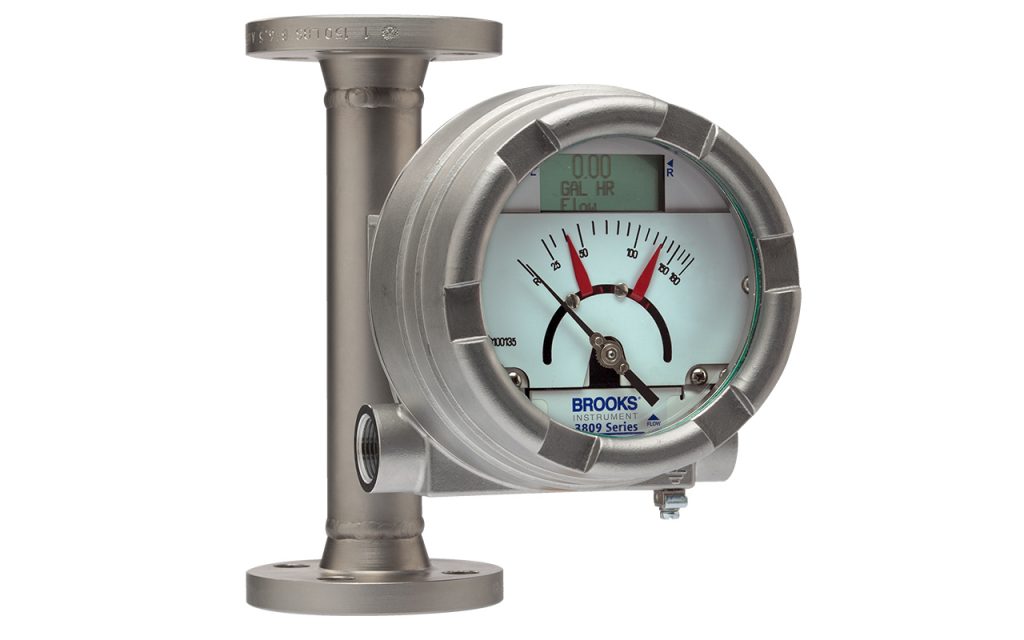Accuracy is the critical element of all residential and industrial applications dealing with liquid and gas flow. Technology has thankfully taken the guesswork out of the flow of liquid and gas. It is thus now possible to have an instant flow readout on a computer display so that you can regulate the flow of your liquids and gases remotely.
There are two categories of flow meters, including linear and differential pressure meters. The portable ultrasonic flow meters are types of linear meter commonly used for regulating dirty and clean liquids based on their volumes.
Differential pressure flow meters, on the other hand, generate a restriction along your flow field. Once your material’s flow is contracted either abruptly or gradually, the kinetic energy in your pipes will increase more than the potential energy.
The difference between these two pressures is interpreted in relation to the velocity’s square root and generates the eventual reading of your flow. Here are the types of differential pressure flow meters that might match your application.
Orifice-Plate Meters
These are the most prevalent differential pressure meters. An orifice-plate meter comprises a circular plate that will be inserted between a pipe’s flanges. There are pressure taps on either side of the orifice-plate meter for the measurement of your fluid’s or gas’ pressure differential.
A transmitter will then generate a signal proportional to the flow rate’s square root that will then be displayed as your pressure’s reading. The accuracy of an orifice plate flow meter is 1% to 3%.
Venturi Tubes
These generate a differential pressure through pipe sections with a diverging outlet and a tapered inlet. The contoured surfaces of these tubes will allow the measurement of dirty liquids and gas. The typical line size for venturi tubes is not less than two inches, and they have accuracies of 1% to 2%.
These devices are, unfortunately, quite expensive.
Flow Nozzles
These are typically used for vapor and steam flows at high velocities. A nozzle exit and elliptical entrance will create the differential pressure inflow nozzles. The line sizes for these flow meters are not less than two inches with accuracies of 1% to 2%.
Flow nozzles are however costly and might result in a permanent pressure loss of your gas and liquid flow.
Pitot Tubes
These are generally used for the measurement of flow in laboratory tasks. The pitot tube comprises a specialized tube that measures the impact pressure of your fluid and an additional tube measuring the static pressure.
The difference between these two pressures is measured then displayed as your fluid’s pressure. The pitot tube will nonetheless only measure the pressure of your fluid stream at a single point. It will thus be shifted around in the steam so that several readings are taken to get a velocity profile.

Several aspects will influence the right pick from the differential pressure flow meters above for your application. The primary ones include your fluid’s viscosity, the temperature and pressure ranges of your material, and the installation area of your piping.
Compared to other alternatives, the differential pressure flow meters are relatively cheap, have no moving sections, and work for both liquids and gases. They can also be configured to measure your material’s bi-directional flow pressure.
